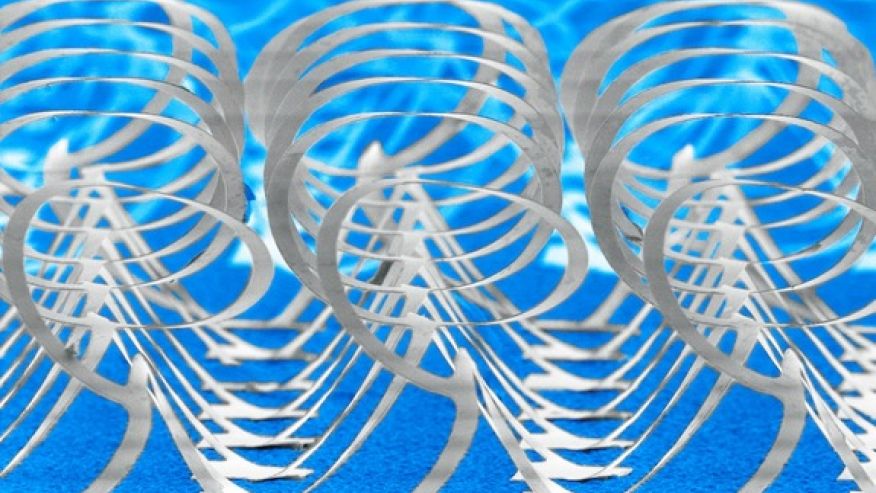Researchers at the University of Illinois have developed complex microscopic 3D shapes that model blood vessels and brain circuitry coming in the form of something like children’s pop-up books. These intricate structures, which could resemble peacocks and tiny flowers, might some day help scientists electronically control living tissue on the fly, a break-through which could change the world dramatically. Materials scientist John Rogers and his colleagues at the University of Illinois at Urbana-Champaign want to create similarly complex devices that can wrap around these biological structures, potentially supporting or improving their functionality.
While Rogers’ team has focused mainly on the brain, the heart and the epidermis (skin), the excitement over this new strategy lies in its difference from traditional 3D printing technology. According to the researchers, the “pop-up technique”, as it’s being termed, has numerous advantages because of the quick speed and comparably inexpensive method employing many different materials used in electronics today to construct a vast array of microscopic structures, giving rise to multitasking production and creating hybrid structures with different types of materials.
LiveScience reports:
The 2D patterns are designed so that there are both strong and weak points of stickiness between the patterns and the silicone rubber they sit on. After the scientists fabricate the 2D designs, they release the tension on the silicone rubber. The weak points of stickiness break away, “and up pops a 3D structure,” study co-author Yonggang Huang, a professor of mechanical engineering at Northwestern University in Evanston, Illinois, said in a statement. “In just one shot, you get your structure.”
While the advantages over 3D printers are obvious, Rogers emphasized the team’s new strategy is complementary to 3D printing, and is not an attempt to replace that technique.



